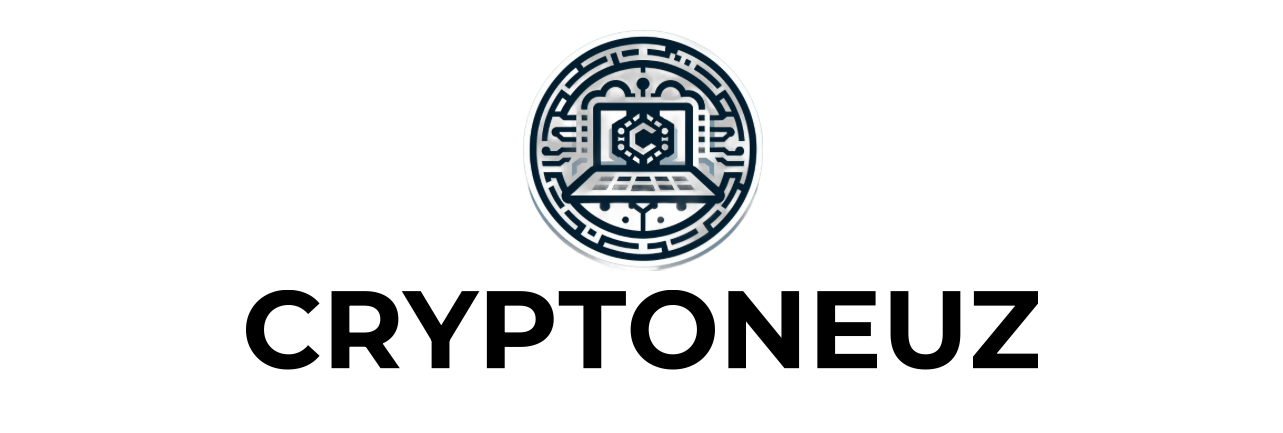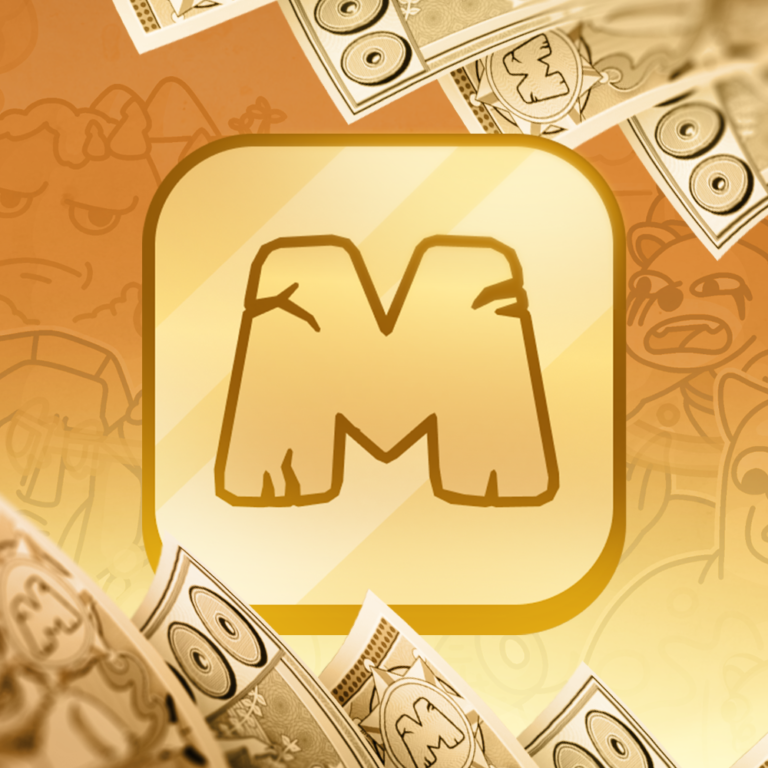Concept of Decentralized Autonomous Organization DAO
Concept of DAO: What Is Decentralized Autonomous Organization DAO?

Decentralization as a concept, has experienced immense growth since the conception of the term was first developed. It involves the democratization of involvements in various breakouts from centralized themes to be more numerically inclusive without limiting participatory factors that characterizes centralized organization.
Some of the various themes in more modern times that represents a breakout from an organizational central governing structure includes Forex, a term coined to represent Foreign Exchange, Cryptocurrency, Decentralized Finance DeFi, Decentralized Exchange DEX and the Decentralized Autonomous Organization DAO among others.
Forex, a global marketplace for the trading of internationally currencies and derivatives electronically, represents one of the most liquid markets in the world with trillions of dollars in trading volume. A massive growth since the transitioning away from the state controlled foreign exchange trading.
Decentralization has experienced a great pace in development since the development and evolution of blockchain technology. The transfer of control from centralized body to distributed network has prompted widespread adoption based on trust in the distributed network to proffer transactions.
The Decentralized Autonomous Organization DAO, represents an automated governing model where communities are able to participate in the governing protocol of concern projects for successful implementation of ideas. With a reliance on smart contracts to execute decisions, scripts are automated based on group’s decision which is determined by number of votes. Members with voting rights are able to participate in voting procedures, acting on proposals with voting calls.
Voting power in DAO is often distributed in accordance with amounts of token ownership as reward for monetary investment in a project. Granting higher voting rights to large token holders as opposed ones with lower token holdings.
Benefits of Decentralized Autonomous Organizations DAO

- Decentralization: By enabling a sense of inclusiveness in governing processes, the DAO governing model is designed to shift governing responsibilities to the community. Fostering the embodiment of community towards shared common goals. In numbers, the community becomes the power structure. Eliminating idea of the powerful few lording over a huge number of collectives. This promotes ownership of ideas within the community through participation in proposals and casting of votes.
- Transparency: Blockchain technology is used as means to secure digital ledger by tracking digital interactions. Through timestamping mechanisms and distribution of database, community members are able to track interactions. This reduces the risks of data exposure to forgery.
- Security: DAO benefit from security criteria already in place on a blockchain to secure its network. As part of a blockchain network, its data is secured through layers of interaction within the blockchain.
- Cost Effective: Blockchain transactions eliminates the use of third party and repetitive recordings. It also helps offset the heftier cost associated with maintaining transactions involving such model. Which help improve cost effectiveness of the project.
While the decentralized model of autonomous organization has its advantages, there are also risks factors associated with it.
Risks Factors Associated with Using the DAO Governing Model
- Decision Making Speed: In order to reach a large base of community, voting periods are usually open for extended periods of time. Slowing down the pace of making decision that affects the project.
- Smart Contracts Vulnerability: While the blockchain offer some security, smart contracts are often having loopholes which could be targeted. These loopholes are a form of weak point from execution order design for the project. With the decision making often slow, identifying these risks factor and upgrading its features will go through processes a more prolonged process which exposes the security of the project to attacks while deliberation process is ongoing.
- Mitigative Accountability: The absence of central figures or chains of command bestowed with carrying out responsibilities can present an accountability challenge in times of security breaches. This lapse in key personnel prevents mitigative efforts during attacks to limit effects of attacks. Failure to cub such attacks when ongoing often maximizes risks of exposure to attacks.
- Governance Social Issues:
- The governing model of DAO involve admission into DAO through holding certain amount of token or NFTs that grant voting power in wallet. Creating a separation within the ecosystem into holders with voting rights and members with no voting rights. This model incorporates corporations’ board-like governing model into its ecosystem. Making involvements within its ecosystem partially decentralized.
- There is also the ability of inactive voting rights shareholders to hinder progress of the projects. Decisions are votes based and can be delayed due to factors associated with limited votes which could disrupt the project’s functionality.
- A major risk factor associated with this model is the possibility of hostile takeover through the accumulation of enough tokens. The increase in voting rights accordingly as holder’s bags increases in tokens creates a power structure within the organization. A DAO study conducted showed that holders with high voting rights are concentrated among a small group of holders. Defeating the purpose of distributing governance power with a more decentralized setting.
The DAO Hybrid Governance Model
The DAO governance model may be an incorporation of corporate board setting into decentralization. However, it maintains its decentralized setting through anonymity of holders. Making it a hybrid structure between its decentralized idea maintained through anonymity, and its corporate board governing model.
The presence of properties of the corporate board governing system and its decentralized characteristics makes it a faceless corporate structure. A merge of two distinct world. Hence its hybrid nature.
DAO vs Corporate Board Structure
While DAO may be autonomous and largely decentralized in nature, its structural voting rights governing model incorporates a distinct characteristic of the corporate world. By grading opinions according to levels of investments. And marginalizing holders whose wallet’s holdings doesn’t fulfill the required amount for the DAO board slots allocation. Which creates distinct lines between voices that can be heard, recorded and implemented. Creating a key barrier, as one side of community are empowered with making these influences and the others are made to observe.
Similarities
- Voting rights structure
Differences
- Hierarchical Structure
- Funding Model
- Legal Setting
- Transactions Execution
The DAO Ecosystem
While the DAO voting rights may be hierarchical to rewards high end holders and investors, it retains the structural unit of decentralization. Holders with voting rights and ones with no such privilege are both free to exercise freedom to act according to will with no threat of being fired as is modelled in the corporate world.
The larger ecosystem group retains its importance in governing model that includes proposal of ideas to be acted upon by voting board members. While the faceless nature of all concerned remains intact.






